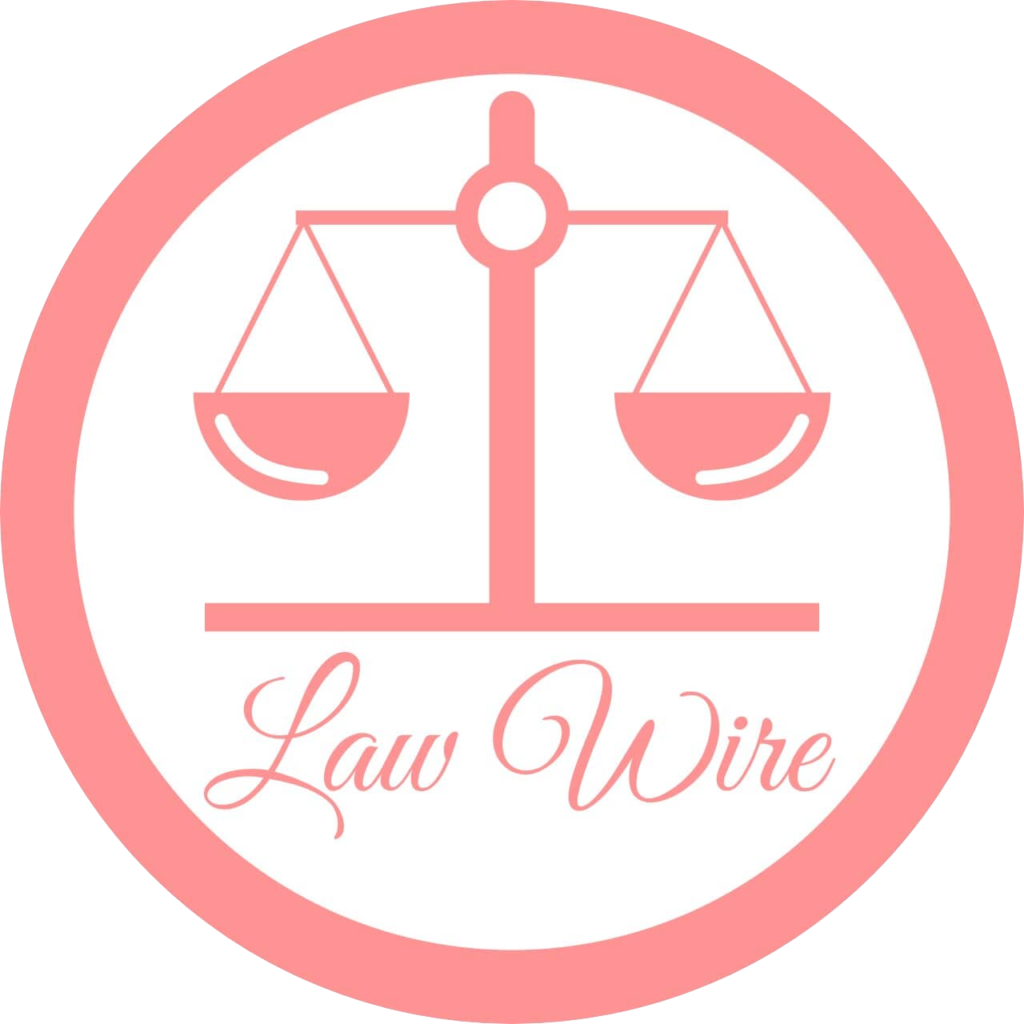Rule 1: Form of appeal. What to accompany memorandum—
(1) Every appeal shall be preferred in the form of a memorandum signed by the appellant or his pleader and presented to the Court or to such officer as it appoints in this behalf. The memorandum shall be accompanied by a copy of the judgment:
Provided that where two or more suits have been tried together and a common judgment has been delivered therefor and two or more appeals are filed against any decree covered by that judgment, whether by the same appellant or by different appellants, the Appellate Court may dispense with the filing of more than one copy of the judgment.
(2) Contents of memorandum—The memorandum shall set forth, concisely and under distinct heads, the grounds of objection to the decree appealed from without any argument or narrative and such grounds shall be numbered consecutively.
(3) Where the appeal is against a decree for payment of money, the appellant shall, within such time as the Appellate Court may allow, deposit the amount disputed in the appeal or furnish such security in respect thereof as the Court may think fit.
Rule 2: Grounds which may be taken in appeal—
The appellant shall not, except by leave of the Court, urge or be heard in support of any ground of objection not set forth in the memorandum of appeal; but the Appellate Court, in deciding the appeal, shall not be confined to the grounds of objections set forth in the memorandum of appeal or taken by leave of the Court under this rule:
Provided that the Court shall not rest its decision on any other ground unless the party who may be affected thereby has had a sufficient opportunity of contesting the case on that ground.
Rule 3: Rejection or amendment of memorandum—
(1) Where the memorandum of appeal is not drawn up in the manner hereinbefore prescribed, it may be rejected, or be returned to the appellant for the purpose of being amended within a time to be fixed by the Court or be amended then and there.
(2) Where the Court rejects any memorandum, it shall record the reasons for such rejection.
(3) Where a memorandum of appeal is amended, the Judge, or such officer as he appoints in this behalf, shall sign or initial the amendment.
Rule 3-A: Application for condonation of delay—
(1) When an appeal is presented after the expiry of the period of limitation specified therefor, it shall be accompanied by an application supported by affidavit setting forth the facts on which the appellant relies to satisfy the Court that he had sufficient cause for not preferring the appeal within such period.
(2) If the Court sees no reason to reject the application without the issue of a notice to the respondent, notice thereof shall be issued to the respondent and the matter shall be finally decided by the Court before it proceeds to deal with the appeal under Rule 11 or Rule 13, as the case may be.
(3) Where an application has been made under sub-rule (1), the Court shall not make an order for the stay of execution of the decree against which the appeal is proposed to be filed so long as the Court does not, after hearing under Rule 11, decide to hear the appeal.
Rule 4: One of several plaintiffs or defendants may obtain reversal of whole decree where it proceeds on ground common to all—
Where there are more plaintiffs or more defendants than one in a suit, and the decree appealed from proceeds on any ground common to all the plaintiffs or to all the defendants, any one of the plaintiffs or of the defendants may appeal from the whole decree, and thereupon the Appellate Court may reverse or vary the decree in favour of all the plaintiffs or defendants, as the case may be.
CONNECTED SECTIONS
Coming up soon…
